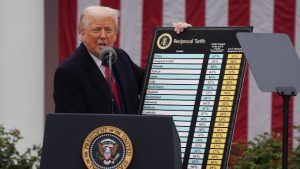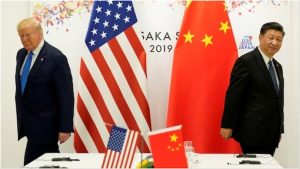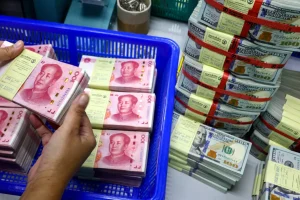
Researcher uncovers alternative treatments for prostate cancer
The findings suggest that these alternative treatments may offer better outcomes with fewer side effects.
Read More
Comment
0

Adebayo accuses Tinubu’s government of lawlessness
“The government is operating outside the bounds of the law,” Adebayo said during a press statement.
Read More
Comment
0

Senators push for probe into possible insider trading following Trump’s tariff adjustments
The request follows claims that stock market movements may have been influenced by early knowledge of the tariff adjustments.
Read More
Comment
0

China opens door to talks, but rejects blackmail after Trump’s 125% tariffs
"Pressure and blackmail will not work," said a Chinese government spokesperson.
Read More
Comment
0

Nigeria lost nearly 15,000 nurses, midwives to UK in five years – Report
The migration has contributed to a growing shortage of healthcare workers in Nigeria, particularly in the public health sector.
Read More
Comment
0

NBC bars Eedris Abdulkareem’s ‘Tell Your Papa’ from airplay on radio, TV
Abdulkareem has defended the track, describing it as a reflection of societal frustrations.
Read More
Comment
0

Moises Caicedo’s £160k Audi impounded by police for driving without valid license
Caicedo’s car was impounded and he was fined for the violation.
Read More
Comment
0

Yuan plunges to lowest level since 2007 amid ongoing US-China trade war
“The yuan's drop reflects ongoing concerns about the prolonged trade conflict,” said an economic analyst.
Read More
Comment
0

Champions League humiliation highlights Real Madrid’s squad depth crisis
Extract:
Real Madrid’s loss to Arsenal has highlighted their lack of depth, with injuries forcing Ancelotti to rely on a limited core of players.
Read More
Comment
0

Nnamdi Kanu’s N50bn suit against FG thrown out by court
“The court lacks the jurisdiction to entertain the matter,” Justice James Omotosho ruled.
Read More
Comment
0